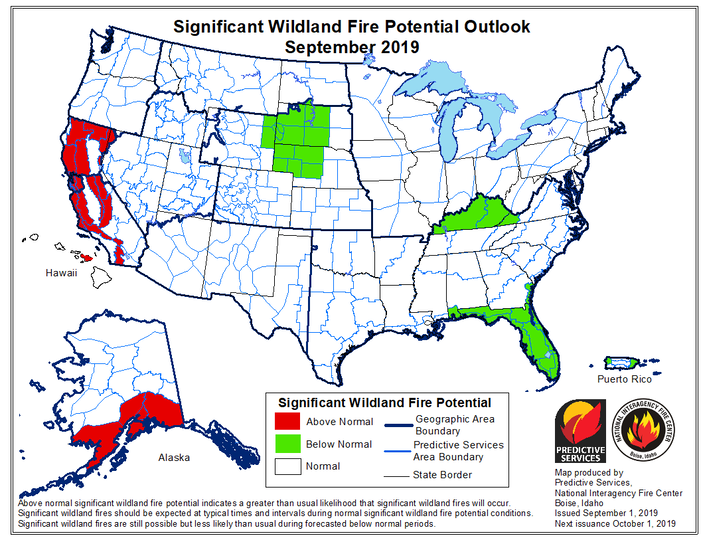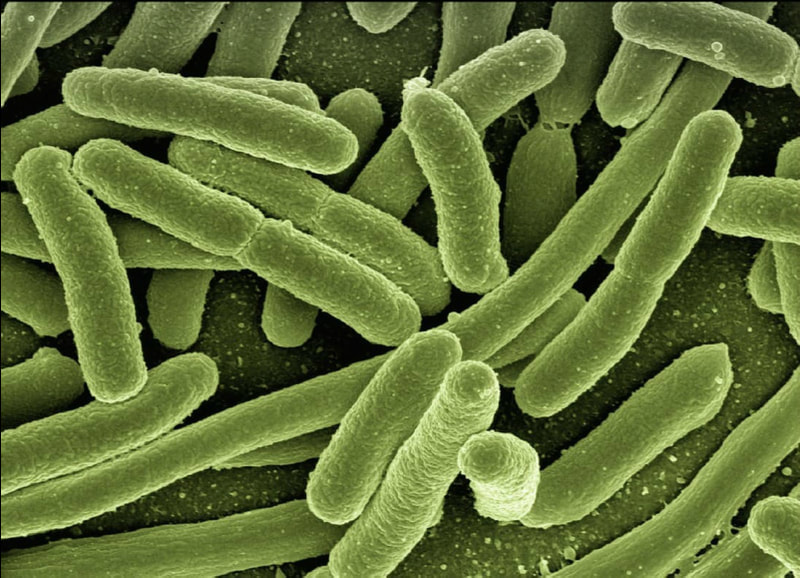The Health Implications of California Wildfires: Causes and Prevention
In the past couple of months, Los Angeles County has been plagued with a multitude of wildfires. With the onset of global warming, the rise in temperatures has corresponded to an increase in the number of wildfires that occur each year. This is an even greater issue in the state of California due to its naturally warm and dry climate as well as its abundance of shrubby terrain.
However, with the rise in wildfires comes public health concerns. This is largely due to the air pollution released from these fires, specifically particulate matter and ozone (O3). Both of these factors have been shown to negatively affect respiratory health. In a recent study conducted by the University of California, Los Angeles Fielding School of Public Health and the University of Colorado Boulder, researchers found that while the wildfires were burning, the influx of particulate matter was correlated to the number of health cases caused by asthma or chronic obstructive pulmonary disease. In regards to the increase of ozone levels in the air as a result of the wildfires, the hospitalization levels for respiratory cases did not significantly increase but those for cardiovascular cases did.
However, with the rise in wildfires comes public health concerns. This is largely due to the air pollution released from these fires, specifically particulate matter and ozone (O3). Both of these factors have been shown to negatively affect respiratory health. In a recent study conducted by the University of California, Los Angeles Fielding School of Public Health and the University of Colorado Boulder, researchers found that while the wildfires were burning, the influx of particulate matter was correlated to the number of health cases caused by asthma or chronic obstructive pulmonary disease. In regards to the increase of ozone levels in the air as a result of the wildfires, the hospitalization levels for respiratory cases did not significantly increase but those for cardiovascular cases did.
Image Source: National Interagency Fire Center
Previous studies have shown that antibiotic doses above the minimal inhibitory concentration (MIC), high antibiotic cross resistance develops rapidly; however, little is known about the small antibiotic doses and its potential in developing antibiotic resistance. This is crucial for the current medical practice as antibiotics are often used to treat bacterial infections in humans or, even, promote growth in livestocks. As a result of these anthropogenic factors, small doses of antibiotics are often released into the environment. To shed light on the effect of prolonged treatment of small doses of antibiotics (below MIC) on the bacteria, the researchers in the Uppsala University worked with the bacteria Salmonella enterica. 900 generations of wild-type streptomycin susceptible S. enterica were passed through streptomycin, reducing the growth rate of the bacteria by 3%, which allowed the researchers to select bacterial colonies for their sub-MIC (below MIC) experiment. After obtaining the bacterial colonies, these bacteria were treated with different doses of streptomycin. The researchers found that within the bacterial colonies that underwent prolonged small dose treatment, several sub-colonies of bacteria possessed high antibiotic resistance. The research concluded that under high dose selection, the susceptible bacteria would stop growing or die, but at low doses (sub-MIC), the bacteria will still grow while they are under selection of the antibiotic, generating an increase in resistance through the accumulation of resistant mutations.
Overall, the implication of this study highlights the potential threat that antibiotics can impose by promoting antibiotic resistance. Therefore, it is crucial to understand how antibiotic resistance is developed and to be mindful of the use of antibiotics.
Overall, the implication of this study highlights the potential threat that antibiotics can impose by promoting antibiotic resistance. Therefore, it is crucial to understand how antibiotic resistance is developed and to be mindful of the use of antibiotics.
Featured Image Source: California Wildfires: The Holy Fire At Lake Elsinore On August 9, 2019 by slworking2 licensed under CC BY-NC-SA 2.0
RELATED ARTICLES
|
Vertical Divider
|
Vertical Divider
|
Vertical Divider
|






